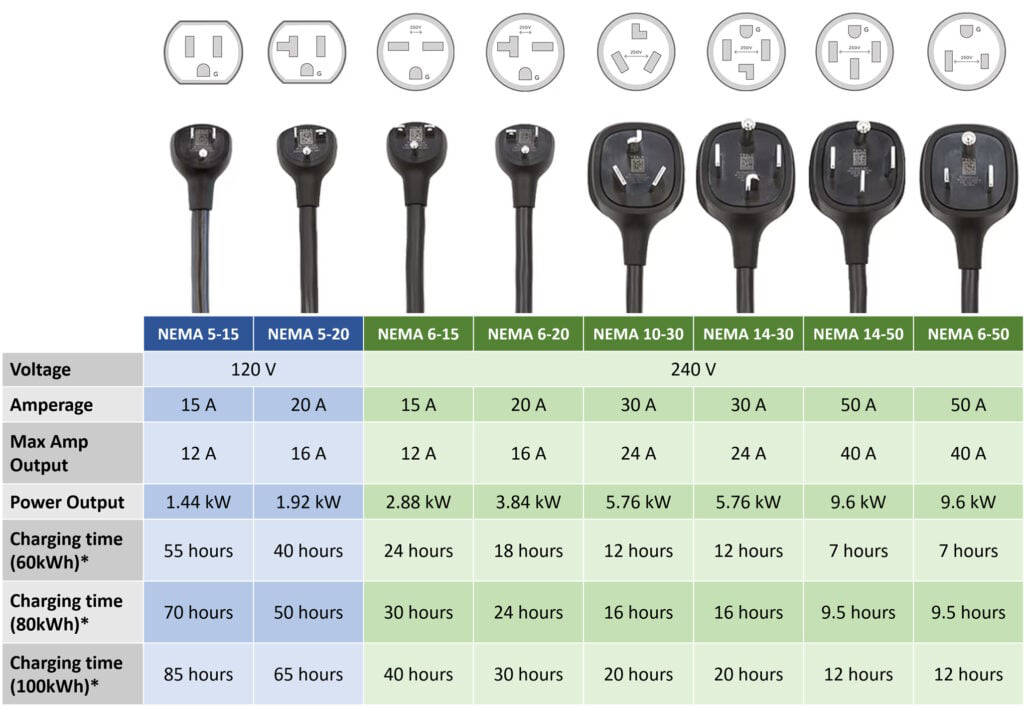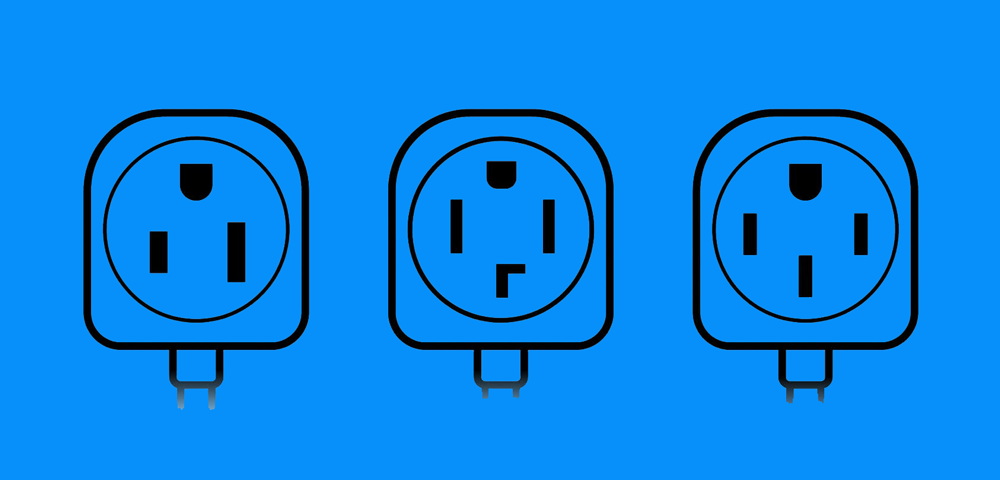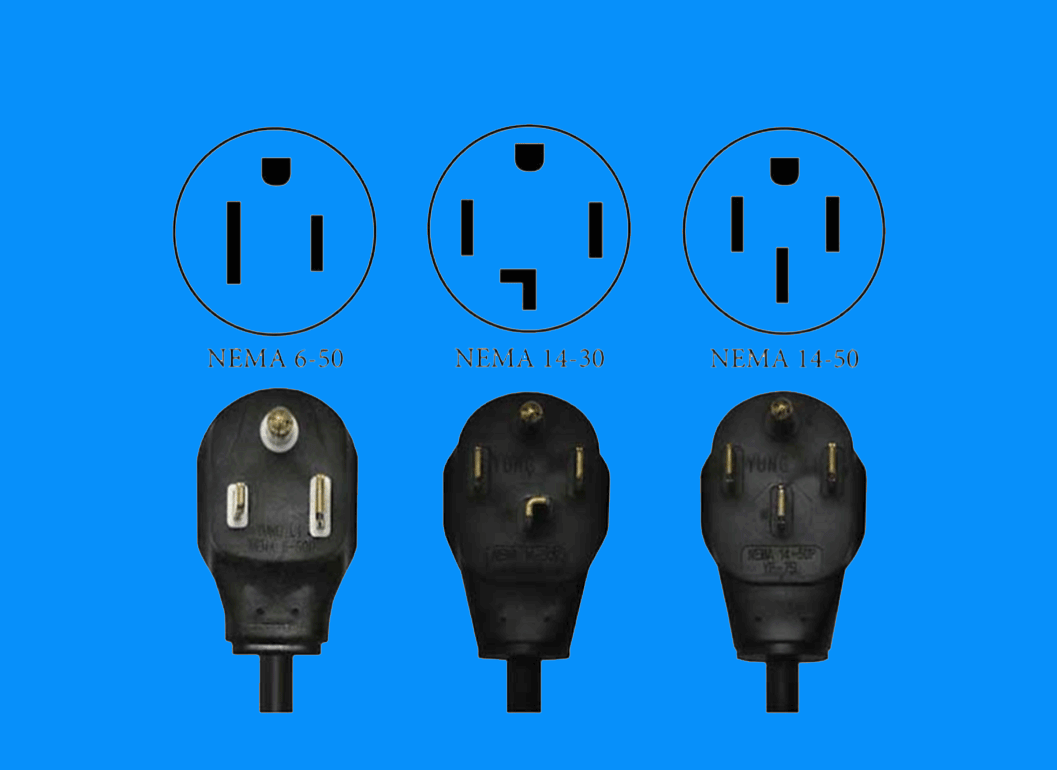As the world transitions towards sustainable transportation, electric vehicles (EVs) are becoming an integral part of the automotive landscape. With this shift, the demand for reliable and efficient electric vehicle power sockets has increased, leading to the development of various EV outlet solutions. Whether you’re a homeowner planning to install an EV outlet, a business owner looking to provide charging stations, or just curious about how electric car charging works, understanding the different types of outlets and their requirements is crucial.
Table of Contents
1.What is an Electric Vehicle Power Socket?
2.Types of Electric Vehicle Charging Outlets
•240-Volt Outlet for Electric Cars
•Level 2 Charger Outlet
•EV Car Charger Outlet
•EV Receptacle and Receptacle Requirements
3.How Do EV Charging Outlets Work?
4.Key Considerations When Installing an EV Outlet
5.EV Charging Outlet Safety Standards
6.Benefits of Installing an EV Charging Outlet at Home
7.EV Outlet Installation Process
8.Conclusion
1. What is an Electric Vehicle Power Socket?
An electric vehicle power socket is a specialized outlet designed to charge the battery of an electric vehicle (EV). Engineers designed these sockets to provide power to the electric car. They do this through a charging cable. This cable connects the car to the electric vehicle outlet.
There are different types of EV charging outlets, which correspond to different levels of charging speed and voltage. The most common charging levels are Level 1 and Level 2. Level 3 is the fast-charging option found at commercial stations.
A regular electrical outlet can work for car charging sometimes. However, EV-specific outlets are better for charging efficiency. They also ensure safety and compatibility with the vehicle’s charging system.
Choosing the right type of EV outlet for your home or business is important. This helps your electric vehicle charge safely and efficiently.
2. Types of Electric Vehicle Charging Outlets
There are different types of outlets for EV charging. Each type offers different charging speeds and works with various vehicles.
240-Volt Outlet for Electric Cars
The 240-volt outlet for electric cars is one of the most common options for home EV charging. Level 2 charging is faster than a standard 120-volt outlet. People usually use this outlet for household appliances.
A 240v outlet for electric vehicles can give you about 10 to 60 miles of range each hour. This depends on the outlet’s power and the car’s charging ability. Installing a 240-volt outlet in your garage or parking space is a smart way to charge your electric vehicle. This ensures it charges overnight and is ready to drive in the morning.
Level 2 Charger Outlet

A Level 2 charger outlet is like a 240-volt outlet for electric cars. However, manufacturers designed it for higher-power charging stations.
People typically use Level 2 outlets for residential, commercial, and public charging stations. They charge much faster than a standard 120-volt outlet.
They usually add between 10 and 60 miles of range for each hour of charging. This depends on the charger and the vehicle.
A Level 2 charger outlet requires professional installation by a licensed electrician to ensure it meets electrical codes and safety standards.
EV Car Charger Outlet
An EV car charger outlet is a broader term that refers to any outlet that can be used to charge an electric vehicle. This could include Level 1 and Level 2 charging outlets.
However, most EV owners choose Level 2 chargers at home. They prefer Level 2 because it is faster and more efficient. The EV car charger outlet has important features for safe and efficient charging. These include ground fault protection, overcurrent protection, and proper grounding.
EV Receptacle and Receptacle Requirements
An EV receptacle is the spot where the charging cable connects to the electric vehicle outlet. It lets the cable plug into the wall-mounted socket. Designers must create the EV charging receptacle to handle the power requirements of the vehicle’s battery. You should consider several EV receptacle requirements when choosing an outlet for installation.
Key requirements include:
•Voltage Compatibility: The outlet must match the voltage needs of the EV, whether it’s a 120V, 240V, or 480V system.
•Amperage Rating: The outlet must have the right amperage rating. This ensures the charging speed matches the vehicle’s needs.
•Grounding: Proper grounding is essential for safety. You must properly ground an EV charging outlet to avoid electrical hazards.
•Weatherproofing: For outdoor installations, weatherproof EV charging outlets are necessary to protect against rain and moisture.
3. How Do EV Charging Outlets Work?
The working principle of EV outlets is fairly simple but relies on sophisticated safety and power management systems. When you plug in your EV car charger outlet, the following process takes place:
Power Flow: Once the charging cable is plugged into the vehicle, the outlet provides power to the EV’s onboard charger. This charger converts the AC power from the outlet to DC power to charge the vehicle’s battery.
Safety Mechanisms: The electric vehicle outlet ensures safety by monitoring the power flow. If there is a problem with the outlet or charging process, the system will cut off the power. This helps prevent damage or accidents from overheating or electrical surges.
Charging Control: The vehicle communicates with the charging outlet to determine the appropriate charging speed. Some EV outlets have smart features. These features let them change the charging rate based on the vehicle’s capacity and available power.
Charging Completion: When the vehicle’s battery reaches a full charge, the outlet stops supplying power. This can happen automatically or when the driver uses a mobile app or the vehicle’s dashboard.
4. Key Considerations When Installing an EV Outlet

Installing an electric vehicle outlet needs careful planning. This ensures it is safe, efficient, and meets local electrical codes. Here are some key factors to keep in mind:
Location
Choose a location close to your parking area or garage. The outlet should be close to your vehicle’s charging port. If you install it outside, you should protect it from the weather.
Electrical Capacity
Check your home or building’s electrical capacity. This will help you see if it can support the extra load of an EV charger outlet. A dedicated circuit and proper wiring are necessary for safe installation.
Permits and Regulations
In many areas, you will need a permit to install an EV car charger outlet. Hiring a licensed electrician is important. They should know local rules and be able to manage the paperwork.
Future-Proofing
Consider whether the EV outlet will meet your needs in the future. As your electric vehicle or fleet of EVs grows, you may need to upgrade the outlet or install additional charging points. Choose a Level 2 charger outlet for faster charging and greater flexibility.
5. EV Charging Outlet Safety Standards
When installing and using an electric vehicle outlet, safety is of utmost importance. The following are some common safety standards that should be followed:
•The National Electrical Code (NEC) sets the rules for electrical work in the United States. It is also used in some other places. It includes guidelines for installing EV outlets. These guidelines ensure that the outlets are grounded properly. They also make sure the outlets are rated for the right voltage and amperage.
•Ground Fault Circuit Interrupter (GFCI): A GFCI outlet is required in some areas to protect against electrical shocks. This is particularly important for outdoor EV charging outlets where moisture and water exposure could pose a risk.
•Circuit Breakers: The circuit feeding your EV charger outlet must have a dedicated breaker to prevent electrical overload. A 240-volt outlet typically requires a 40-50 amp breaker, depending on the power needs of your vehicle.
6. Benefits of Installing an EV Charging Outlet at Home
Installing an EV outlet at home offers numerous benefits, particularly for electric vehicle owners:
•Convenience: Charging at home means you don’t need to visit public stations and wait in line. Simply plug in your vehicle when you get home, and it will fully charge by the morning.
•Cost Savings: Charging at home is usually cheaper than using public charging stations. This is especially true if you can access lower utility rates during off-peak hours.
•Higher Property Value: Adding an electric vehicle outlet can raise your home’s value. This is especially true as more people want EVs and charging stations.
•Reduce Carbon Footprint: Charging your vehicle at home with renewable energy can lower your carbon emissions. Using solar panels is one way to do this.
7. EV Outlet Installation Process
The process of installing an EV outlet involves the following steps:
1.Site Assessment: A licensed electrician will check your electrical system. They will look at your vehicle’s charging needs and find the best spot for the outlet.
2.Installing a Dedicated Circuit: The electrician will set up a dedicated circuit for the EV charging outlet. This will ensure it can handle the required load.
3.Mounting the Outlet: The outlet is mounted in a convenient location, either indoors or outdoors, depending on your preferences.
4.Testing: After installation, the electrician will test the outlet to ensure it is functioning correctly and safely.
8. Conclusion
Choosing the right electric vehicle power socket is essential for a seamless and efficient charging experience. To install a 240-volt outlet for electric cars, you need to know about the different types of EV outlets.
This includes Level 2 chargers and basic EV charging receptacles. Understanding these options is important for your installation. You also need to know their installation requirements.
Investing in the right charging setup is beneficial. It allows you to charge your electric vehicle at home.
This provides convenience and saves you money. You will also help the environment. Make sure your installation follows local rules. Also, think about future-proofing your setup as the electric vehicle market changes.
Post time: Nov-11-2024



